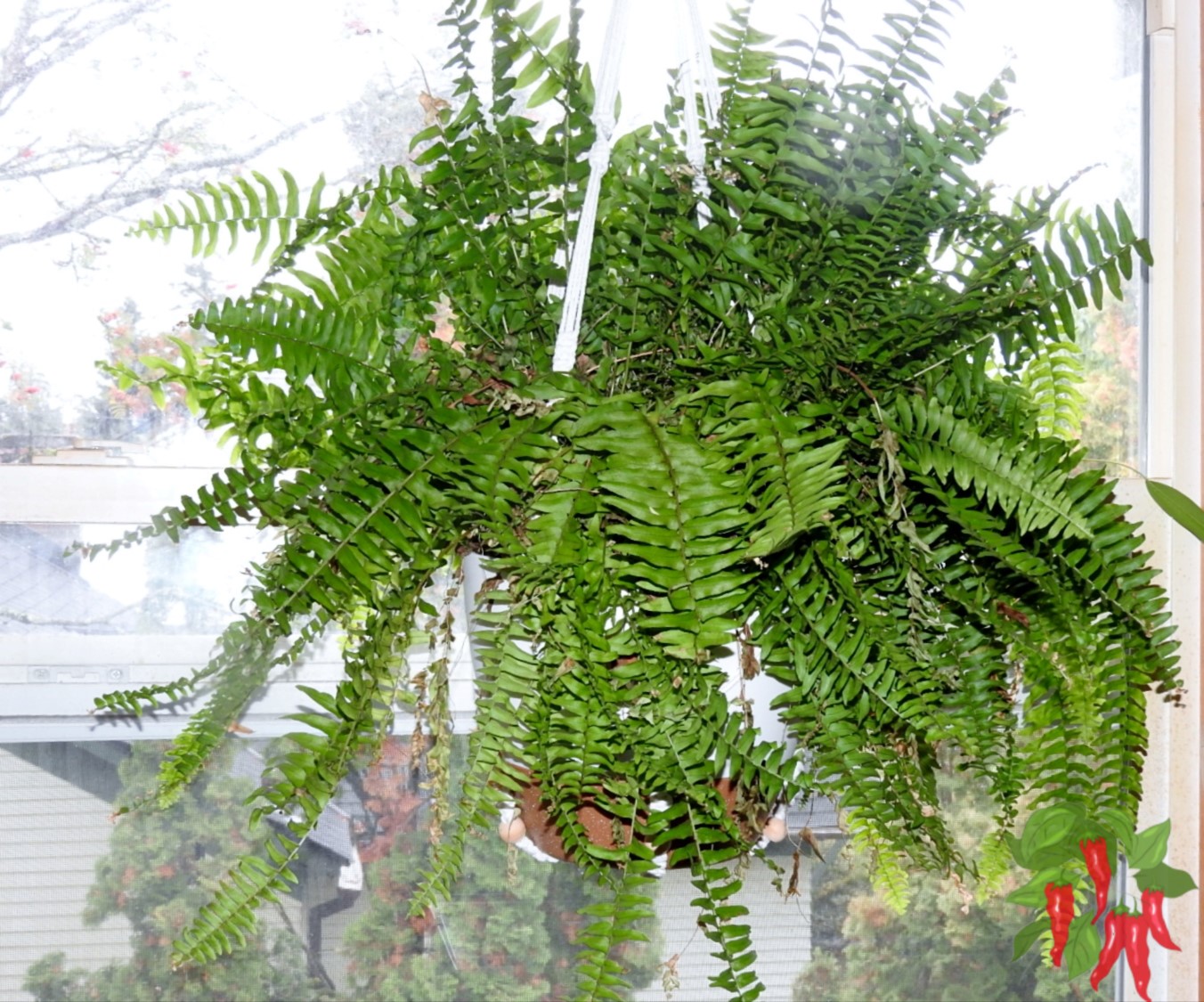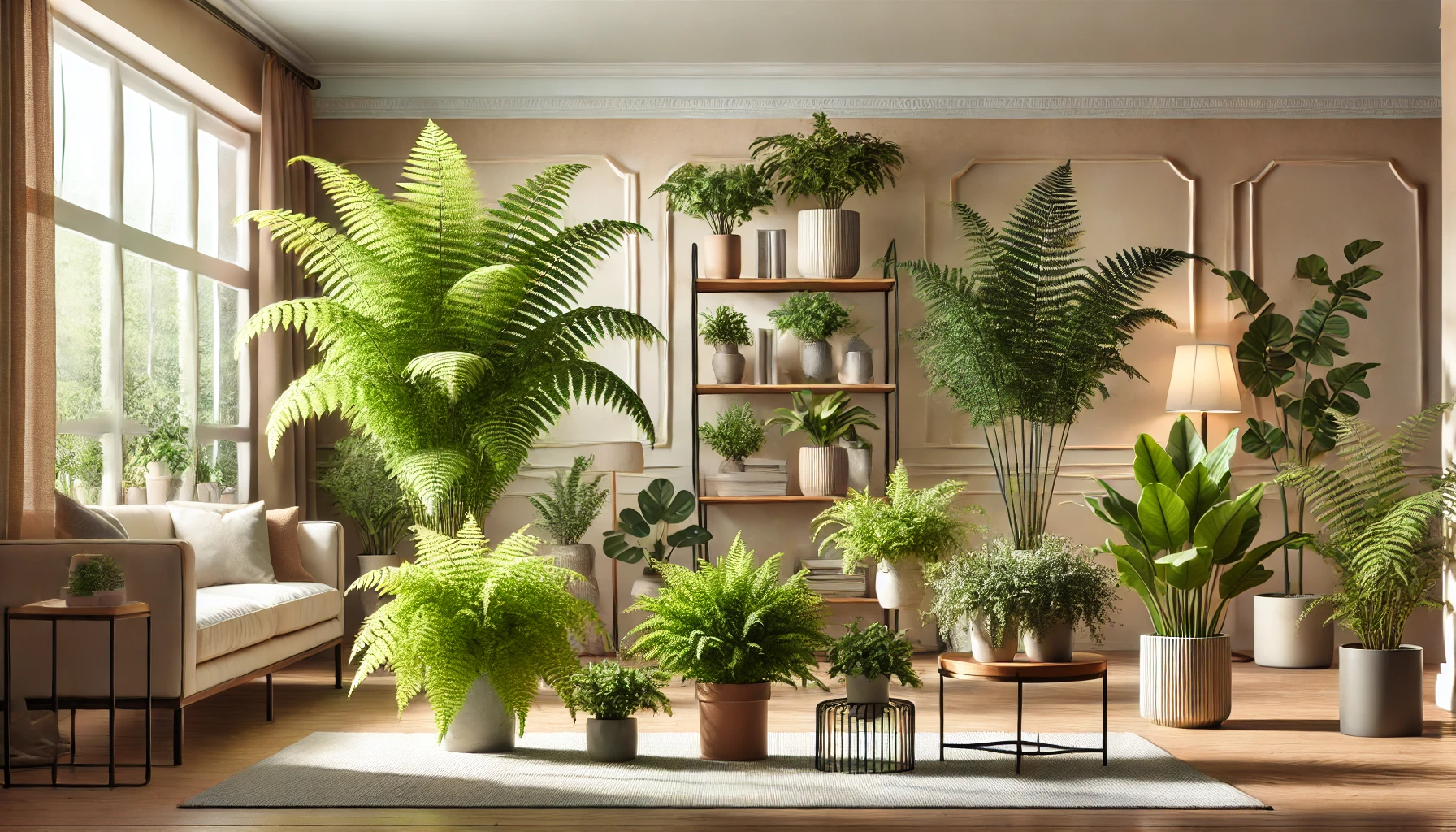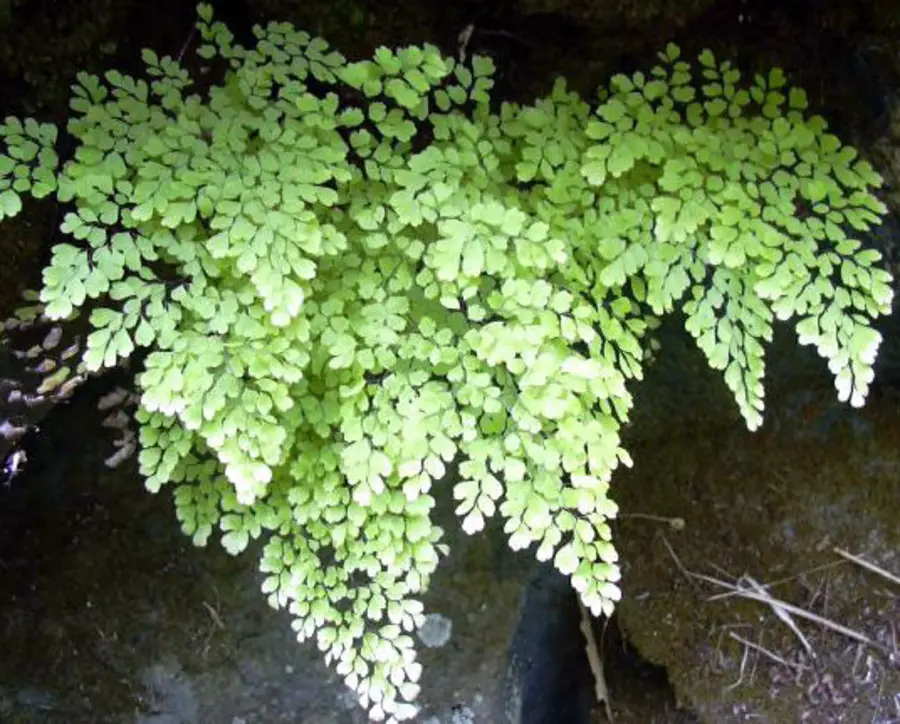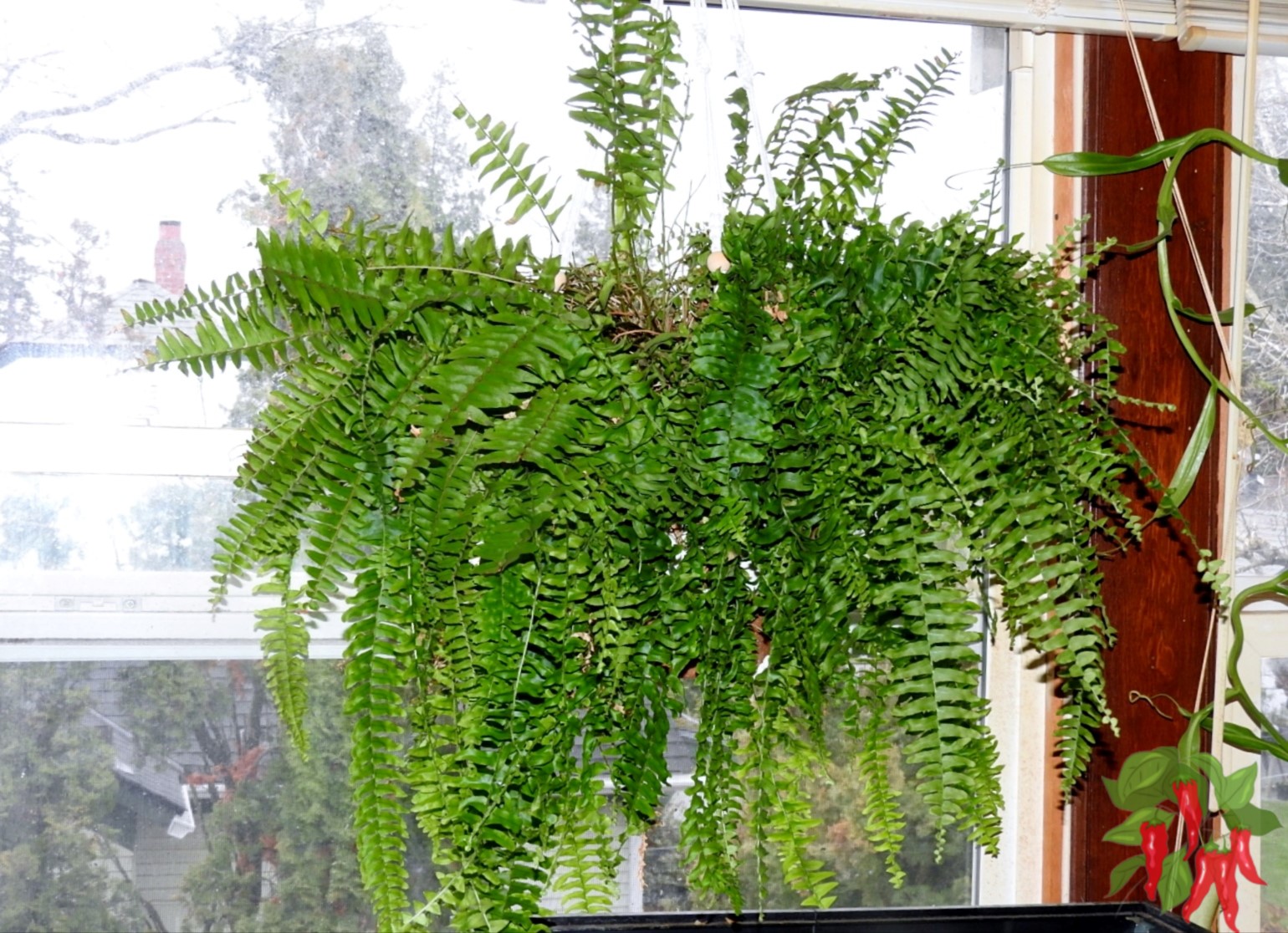This post contains affiliate links. If you buy something from one of our links we may earn a commission. Thanks

Rattlesnake Plant Care might seem like a bit of a puzzle at first, but don’t let that shake you up!
These stunning tropical beauties, with their snake-like patterned leaves, are more of a fun challenge than a tricky houseplant to tame.
With a few insider tips and tricks, you’ll have your Rattlesnake Plant thriving and showing off its exotic flair in no time.
How To Care for Rattlesnake Plant Key Takeaways
- Place in bright, indirect light.
- Use a well-draining mix of coco coir and perlite.
- Water when top inch of soil is dry, using distilled water.
- Maintain temperatures between 65-80°F and high humidity above 60%.
- Fertilize monthly during the growing season.
- Clean leaves regularly.
- Rattlesnake Plants thrive in warm, humid conditions with consistent care.
How To Care for Rattlesnake Plant
The Rattlesnake Plant, scientifically known as Calathea lancifolia, is a stunning tropical beauty that can add a touch of exotic flair to any indoor space.
With its long, wavy leaves adorned with intricate patterns resembling snake skin, this plant is sure to be a conversation starter.
Native to the Brazilian rainforests, the Rattlesnake Plant not only brings visual interest but also helps purify the air in your home.
While it has a reputation for being somewhat finicky, with the right care, your Rattlesnake Plant can thrive and become a centerpiece in your plant collection.

Nature’s Way Farms Calathea Rattlesnake, Live Indoor Houseplant, Long Leaf Prayer Plant, Tropical Plant, Pet Safe (8-15 inches Tall) in Growers Pot
Rattlesnake Plant Care Reference Guide:
| Characteristic | Details |
|---|---|
| Common Name | Rattlesnake Plant |
| Botanical Name | Calathea lancifolia |
| Native Habitat | Tropical rainforests of Brazil |
| Plant Type | Perennial evergreen |
| Growth Pattern | Upright with long, lance-shaped leaves featuring wavy edges and patterns |
| Mature Size | 12–30 inches tall and 6–18 inches wide |
| Watering | Keep soil consistently moist but not soggy; avoid letting it dry out |
| Light/Sun Exposure | Bright, indirect light; avoid direct sunlight |
| Soil Type | Well-draining, rich potting mix with organic matter |
| Soil pH | Slightly acidic (6.0–7.0) |
| Temperature | 65–75°F (18–24°C); avoid drafts and temperatures below 60°F (15°C) |
| Humidity | High humidity; thrives in 50–70% or more |
| Bloom Time & Flower Color | Rare indoors; small, inconspicuous purple or white flowers |
| Potential Problems | Brown leaf tips (low humidity), yellowing leaves (overwatering), pests like spider mites or mealybugs |
| Repotting | Every 1–2 years or when the plant outgrows its pot |
| Hardiness Zones (USDA) | Zones 11–12 (typically grown as a houseplant outside these zones) |
Rattlesnake Plant Care: Easy Calathea lancifolia Care Guide
The Rattlesnake Plant, with its striking wavy leaves and vibrant patterns, is a showstopper in any indoor plant collection.
Known for its bold appearance and air-purifying qualities, this tropical beauty thrives with a bit of extra attention.
While it may seem like a diva with its love for high humidity and consistent watering, caring for Calathea lancifolia is surprisingly straightforward when you understand its needs.
In this guide, we’ll walk you through everything you need to know to keep your Rattlesnake Plant thriving, from light and water requirements to troubleshooting common problems.
Light Requirements
Rattlesnake Plants prefer bright, indirect light. In their natural habitat, they grow on the forest floor beneath the canopy of larger trees.
To replicate these conditions:
1. Place your plant near an east or north-facing window for gentle morning light.
2. If near a south or west-facing window, ensure it’s a few feet back or protected by a sheer curtain to avoid direct sunlight, which can scorch the leaves.
3. Rotate the plant every few weeks to ensure even growth, as it tends to grow towards the light source.
While they can tolerate lower light conditions, insufficient light may result in slower growth and less vibrant leaf patterns.
On the other hand, too much direct sunlight can cause the leaves to fade or develop brown spots.
Soil and Watering
Rattlesnake Plants thrive in well-draining, moisture-retentive soil. A mixture of coco coir and perlite works great for these plants.
Here’s a recommended mix ratio:
– 60% coco coir
– 30% perlite
– 10% orchid bark or compost
This mixture provides the perfect balance of moisture retention and drainage that Rattlesnake Plants prefer.
When it comes to watering, these plants like consistent moisture but are sensitive to overwatering.
To determine when to water, use the “finger test”:
1. Insert your index finger into the soil up to the first knuckle (about an inch deep).
2. If the soil feels dry at your fingertip, it’s time to water.
3. If you feel moisture or the soil sticks to your finger, wait a day or two before checking again.
Water thoroughly until it runs out of the drainage holes, then empty the saucer.
Rattlesnake Plants are sensitive to chemicals in tap water, so using distilled water, rainwater, or allowing tap water to sit out overnight before use can help prevent leaf browning.
Temperature and Humidity
As tropical plants, Rattlesnake Plants thrive in warm, humid conditions. They prefer temperatures between 65-80°F (18-27°C) and don’t tolerate cold drafts or sudden temperature changes well.
Humidity is crucial for Rattlesnake Plants. They need high humidity levels, ideally above 60%. In most homes, this means taking extra steps to increase humidity:
1. Use a pebble tray filled with water beneath the plant.
2. Group plants together to create a microclimate.
3. Run a humidifier near your Rattlesnake Plant.
4. Mist the leaves regularly, but not excessively, as constantly wet leaves can lead to fungal issues.
Ongoing Maintenance
Regular care will keep your Rattlesnake Plant looking its best:
1. Dust the leaves gently with a soft, damp cloth to keep them clean and allow for better photosynthesis. This also helps you spot any pest issues early.
2. Fertilize monthly during the growing season (spring and summer) with a balanced, water-soluble houseplant fertilizer diluted to half strength. Avoid fertilizing in fall and winter when growth slows.
3. Prune any yellow or brown leaves at the base of the stem to maintain the plant’s appearance and energy.
4. Keep an eye out for common pests like spider mites, which are particularly fond of Calatheas. Regular inspection and maintaining high humidity can help prevent infestations.
5. Consider using a humidifier or pebble tray to maintain consistent humidity levels, especially during dry winter months.
Propagation
Rattlesnake Plants are typically propagated through division, which is best done during repotting in spring:
1. Carefully remove the plant from its pot and gently shake off excess soil.
2. Look for natural divisions in the root ball or separate sections with multiple stems.
3. Using clean, sharp tools, carefully separate the plant into smaller sections, ensuring each has a good root system and several leaves.
4. Pot each division into a new container with the coco coir and perlite mix described earlier.
5. Water thoroughly and place in a warm, humid spot with bright, indirect light.
6. Treat the new plants as you would a mature Rattlesnake Plant, but be extra attentive to their watering needs as they establish.
Rattlesnake Plant Care Conclusion
Caring for a Rattlesnake Plant can be a rewarding experience for plant enthusiasts who enjoy a bit of a challenge.
While they may require a bit more attention than some other houseplants, the payoff is well worth it.
Their stunning foliage and air-purifying qualities make them a valuable addition to any indoor space.
By providing the right balance of light, moisture, and humidity, and using a well-draining growing medium like coco coir and perlite, you can create an environment where your Rattlesnake Plant will not only survive but thrive.
With patience and consistent care, your Rattlesnake Plant will reward you with lush, vibrant foliage that brings a touch of tropical paradise into your home.
🌤️ Best Indirect Sunlight Plants
Looking for houseplants that thrive without direct sun? Explore these guides on the best plants and care tips for low to medium light spaces!
- 🌿 Best Indirect Sunlight Plants (Pillar Guide)
- 🌱 Dracaena Golden Heart Care
- 🍃 Begonia Maculata Care
- 🌸 How to Grow Hoya Krimson Queen
- 🪴 Caring for Shade-Loving Plants
- 🔍 How to Identify Plants that Thrive in Indirect Sunlight
- 🐍 Rattlesnake Plant Care
- 🌿 How to Care for Monstera
- 💛 How to Care for Golden Pothos
- 🎨 How to Care for Calathea
- 🌱 How to Care for Dieffenbachia
- ✌️ How to Care for Peace Lily
- 🖤 How to Care for ZZ Plant
- 🪟 Container Gardening for Limited Light
- 💡 Decorating Dim Corners & North-Facing Spaces
- 🌼 How to Grow Peperomia
- See all articles in our Indirect Sunlight Plants category
Related Content
Visit my Amazon Influencer Page for videos and gardening products Grow Your Own Garden









